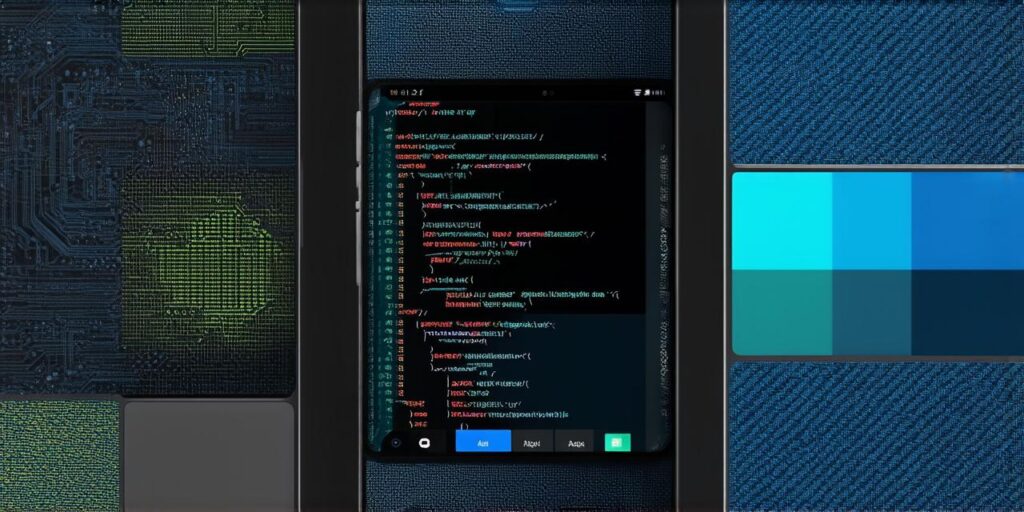The process of mobile app development can be a challenging one for beginners, but with the right knowledge and resources, it can also be an exciting and rewarding experience.
In this article, we will guide you through the steps to get started with mobile app development, covering everything from choosing the right platform to selecting the right monetization strategy.
Choosing the Right Platform
The first step in mobile app development is choosing the right platform – either iOS or Android. Both platforms have their own unique features, benefits, and challenges. For example, iOS apps tend to have a more polished look and feel, while Android apps are often more customizable.
It’s important to research both platforms and choose the one that best fits your project requirements.
When choosing a platform, it’s also important to consider the target audience. For instance, if your app is designed for enterprise use or business-to-business transactions, iOS may be the better choice as it has more secure features. On the other hand, Android is often used by consumers and offers more customization options.
Defining Your Target Audience
Once you have chosen your platform, it’s time to define your target audience. Who will be using your app? What are their needs and preferences? Understanding your target audience will help you design an app that resonates with them and meets their expectations.
You can conduct market research, surveys, or user testing to gather insights into your target audience.
It’s also important to consider the age range of your target audience. For example, if your app is designed for children, you may need to consider using bright colors and simplified graphics. Similarly, if your app is designed for seniors, you may need to consider using larger font sizes and clearer instructions.
Determining the Features of Your App
Now that you have a good understanding of your target audience, it’s time to determine the features of your app. What problem will your app solve? What benefits will it offer? It’s important to keep in mind that more is not always better when it comes to app features. You should aim to create an app that is easy to use and provides a seamless user experience.

When determining the features of your app, it’s also important to consider the platform you have chosen. For example, iOS apps tend to have more advanced features such as push notifications and facial recognition, while Android apps often have more customization options.
Choosing the Right Development Approach
There are several approaches to mobile app development, including native development, cross-platform development, and hybrid development. Native development involves building separate apps for each platform (iOS and Android), while cross-platform development allows you to build an app that runs on both platforms using a single codebase.
Hybrid development combines the best of both worlds by allowing you to use web technologies like HTML, CSS, and JavaScript along with native code. The choice of development approach will depend on several factors such as your team’s expertise, budget, and timeline.
If you have a small team or limited budget, cross-platform or hybrid development may be the best option. However, if you are looking for a high-performance app with advanced features, native development may be the way to go.
When choosing a development approach, it’s also important to consider the platform you have chosen. For example, iOS apps require more advanced coding skills than Android apps, so if your team is inexperienced with coding, Android may be the better choice.
Selecting the Right Monetization Strategy
Finally, it’s time to select the right monetization strategy for your app. There are several ways to monetize a mobile app, including in-app advertising, premium subscriptions, and in-app purchases. You should also consider offering a free version of your app with basic features and charging for advanced features or premium content.



